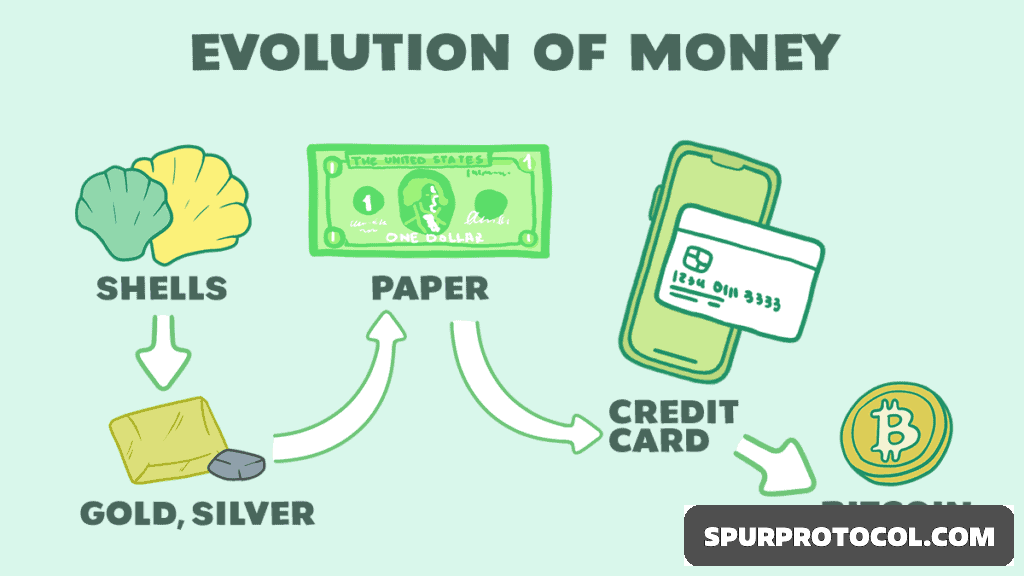1. The Birth of Bitcoin: 2008-2009
The idea for Bitcoin was first introduced in a whitepaper published in 2008 by a person or group using the pseudonym Satoshi Nakamoto. Titled "Bitcoin: A Peer-to-Peer Electronic Cash System," the paper outlined a decentralized digital currency that would not rely on traditional financial intermediaries like banks.
In January 2009, Nakamoto released the first Bitcoin software and mined the first block, known as the "genesis block," marking the beginning of the Bitcoin blockchain. The first-ever Bitcoin transaction took place between Nakamoto and computer scientist Hal Finney.
Bitcoin was designed to be a decentralized, peer-to-peer network with a fixed supply of 21 million coins, which ensured its scarcity and, over time, contributed to its value proposition as a store of value.
2. The Rise of Bitcoin: 2010-2013
Bitcoin started gaining traction in 2010 when the first real-world transaction using Bitcoin occurred: a man named Laszlo Hanyecz paid 10,000 BTC for two pizzas. At that time, Bitcoin was worth a few cents, but the value soon started to rise.
In 2011, Bitcoin saw its first major price increase, reaching $1 per Bitcoin. During this period, the number of Bitcoin exchanges and wallets grew, making it easier for people to buy, sell, and store the cryptocurrency.
By 2013, Bitcoin had established itself as a legitimate form of digital currency, with its price reaching over $1,000 for the first time. This period also saw the emergence of major exchanges like Mt. Gox, which became the largest Bitcoin exchange before collapsing in 2014 due to a hacking incident.
3. The Emergence of Altcoins: 2014-2016
As Bitcoin gained popularity, developers began creating alternative cryptocurrencies, or "altcoins," to address some of Bitcoin's limitations. Litecoin, launched in 2011, was one of the first altcoins, offering faster transaction times and a different hashing algorithm.
Ethereum, launched in 2015 by Vitalik Buterin and others, was a groundbreaking development. Unlike Bitcoin, Ethereum was designed to be a platform for decentralized applications (dApps) and smart contracts. This introduced a new wave of possibilities for blockchain technology beyond digital currencies.
Throughout this period, the cryptocurrency market expanded rapidly, and thousands of altcoins were created. Some gained significant traction, while others were less successful. Nevertheless, the development of altcoins proved that blockchain technology had potential far beyond just Bitcoin.
4. The ICO Boom and Regulation: 2017-2018
In 2017, Initial Coin Offerings (ICOs) became a popular fundraising method for new blockchain projects. ICOs allowed developers to raise funds by offering their own cryptocurrency tokens in exchange for Bitcoin or Ethereum. This period saw an explosion in the number of new cryptocurrencies and blockchain projects.
While many successful projects emerged, the ICO boom also attracted fraudulent schemes and scams, which led to calls for regulatory oversight. Governments around the world began to focus on regulating the cryptocurrency market to prevent fraud and money laundering, while ensuring investor protection.
Despite these challenges, Bitcoin and the broader cryptocurrency market saw significant growth during this period, with Bitcoin's price hitting an all-time high of nearly $20,000 in December 2017.
5. The Bear Market and Maturation: 2018-Present
The cryptocurrency market experienced a significant downturn in 2018, with Bitcoin and most other cryptocurrencies losing over 80% of their value from their 2017 highs. However, this bear market provided an opportunity for the industry to mature and evolve.
Over the next few years, blockchain technology continued to be explored by major companies and governments. Institutional investors, such as hedge funds and large corporations, began entering the market, signaling growing confidence in the long-term potential of cryptocurrencies.
Bitcoin's price began to recover in 2020, fueled by factors such as the global economic uncertainty caused by the COVID-19 pandemic, the rise of decentralized finance (DeFi), and institutional interest. By 2021, Bitcoin once again reached new all-time highs, surpassing $60,000.
In addition to Bitcoin, other major cryptocurrencies like Ethereum, Binance Coin, and Cardano gained widespread attention. The market also witnessed the growth of decentralized finance (DeFi) platforms, non-fungible tokens (NFTs), and further developments in blockchain technology.
6. The Future of Cryptocurrencies
As the cryptocurrency ecosystem continues to grow, several trends and innovations are shaping its future. Central bank digital currencies (CBDCs) are being explored by governments worldwide, which could introduce new regulatory frameworks for cryptocurrencies.
Moreover, technological advancements, such as the implementation of Ethereum 2.0 and the continued growth of Layer 2 solutions, are improving scalability and efficiency in the space. The future of cryptocurrencies is likely to involve greater integration into traditional financial systems, with the potential for mass adoption.
